Dwarf Fruit Trees - A Planting Guide For Fruit Trees In Containers


Dwarf fruit trees do well in containers and make care of fruit trees easy. Let's learn more about growing dwarf fruit trees.
Planting Guide for Fruit Trees in Containers
Growing dwarf fruit trees in containers makes them easier to prune and harvest. Younger trees bear fruit faster. You can find dwarf varieties of almost any common fruit tree, but citrus trees are the most commonly grown. Containers for growing dwarf fruit trees may include those made from plastic, metal, clay, ceramic, or wood, as long as there is adequate drainage provided. A general rule of thumb, however, is to start with a container approximately 6 inches (15 cm.) wider than that from which the tree is initially placed in at the nursery. The miniature fruit tree enjoys well-drained sandy soil of moderate fertility, which is suitable for most dwarf fruit trees.
Care of Fruit Trees in Containers
Care of fruit trees begins with suitable light conditions. Most miniature fruit trees grow best in full sunlight, but some may also do well in partial shade, depending on the type of dwarf fruit tree. Generally, container grown fruit trees should be placed where they will receive maximum sunlight. Regular pruning is sometimes necessary for proper care of fruit trees to maintain the shape of your miniature fruit tree. Most pruning is performed during dormancy, just before active growth begins in spring. However, summer pruning may be done to remove undesirable growth and maintain smaller tree size. Your potted miniature fruit tree should be moved indoors during cold spells and placed away from drafts. They should also be watered only as needed, depending on the species of fruit tree, the type and size of its container, and its surroundings. For most dwarf fruit trees, the soil surface should be allowed to dry out some before watering. Fertilizing, however, should be done more often, at least once every four to six weeks during the growing season. When growing dwarf fruit trees, you should repot them one size up about every two years.
Grafted Dwarf Fruit Trees
A popular way of increasing fruit production is to graft several varieties onto the one miniature fruit tree. The growth habit of the dwarf fruit tree is a major consideration when deciding to do a multi graft. Grafting fruit trees with similar growth habits will prove to be more successful, as a stronger variety will outgrow a weaker one. An alternative to the multi-grafted tree is growing two separate varieties together in one large container.
Gardening tips, videos, info and more delivered right to your inbox!
Sign up for the Gardening Know How newsletter today and receive a free copy of our e-book "How to Grow Delicious Tomatoes".

Nikki Tilley has been gardening for nearly three decades. The former Senior Editor and Archivist of Gardening Know How, Nikki has also authored six gardening books.
-
 4 Superfast Composting Methods: Turn Waste Into Garden Gold In 30 Days Or Less
4 Superfast Composting Methods: Turn Waste Into Garden Gold In 30 Days Or LessTry the fastest composting methods to turbocharge your pile and transform kitchen scraps and garden waste into finished compost in just a few weeks.
By Mary Ellen Ellis
-
 Best Spider Plant Soil – Complete Soil Guide And Expert Tips For Keeping Plants Happy
Best Spider Plant Soil – Complete Soil Guide And Expert Tips For Keeping Plants HappySpider plants are fun and easy plants to grow, but what is the best soil for a spider plant? Selecting the right soil is important so they can thrive.
By Bonnie L. Grant
-
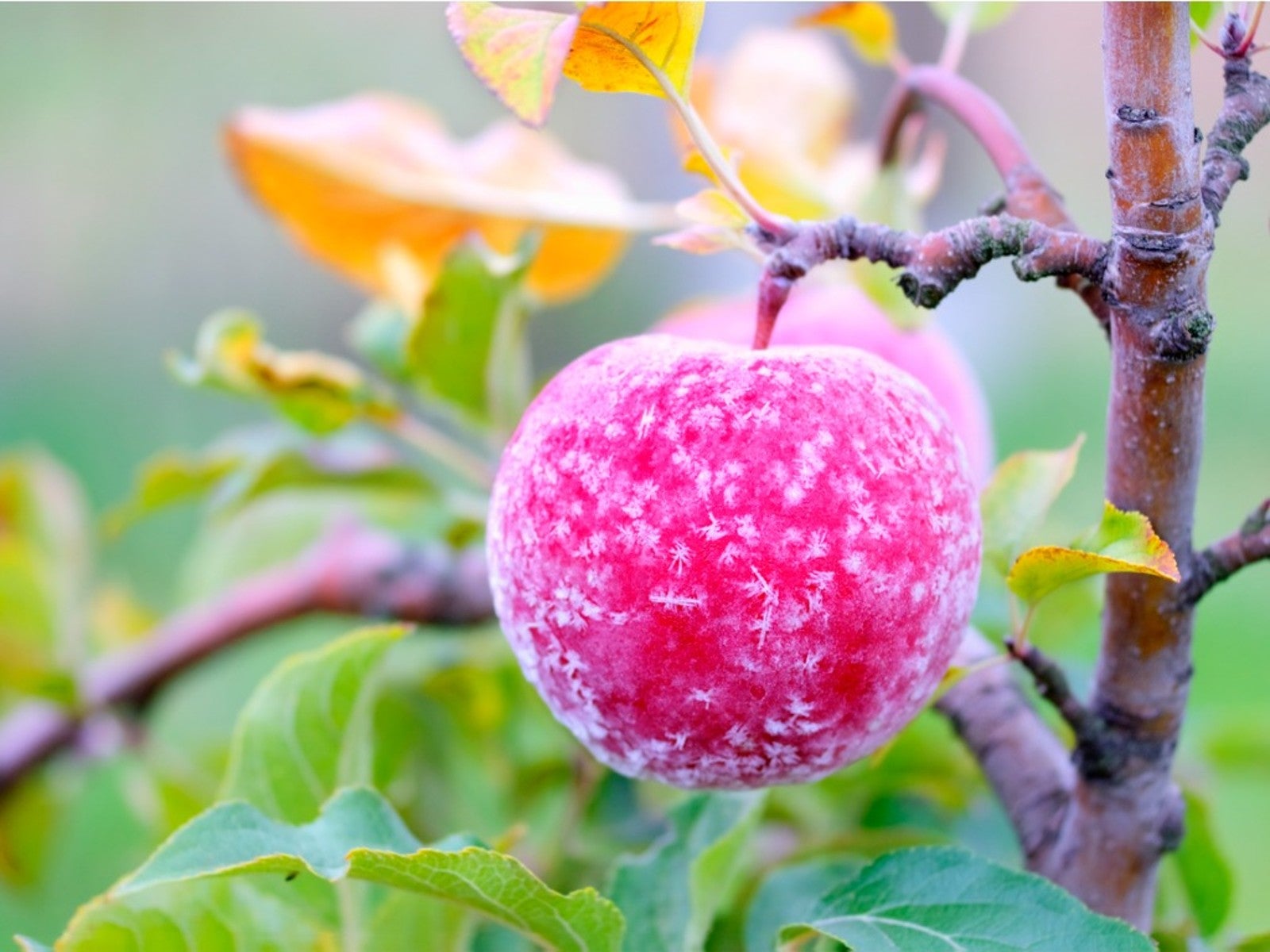 How To Protect Fruit Trees From Frost And Freeze
How To Protect Fruit Trees From Frost And FreezeChoosing fruit trees appropriate for your growing zone is best, but you still may need to protect them from extreme cold. Read how.
By Bonnie L. Grant
-
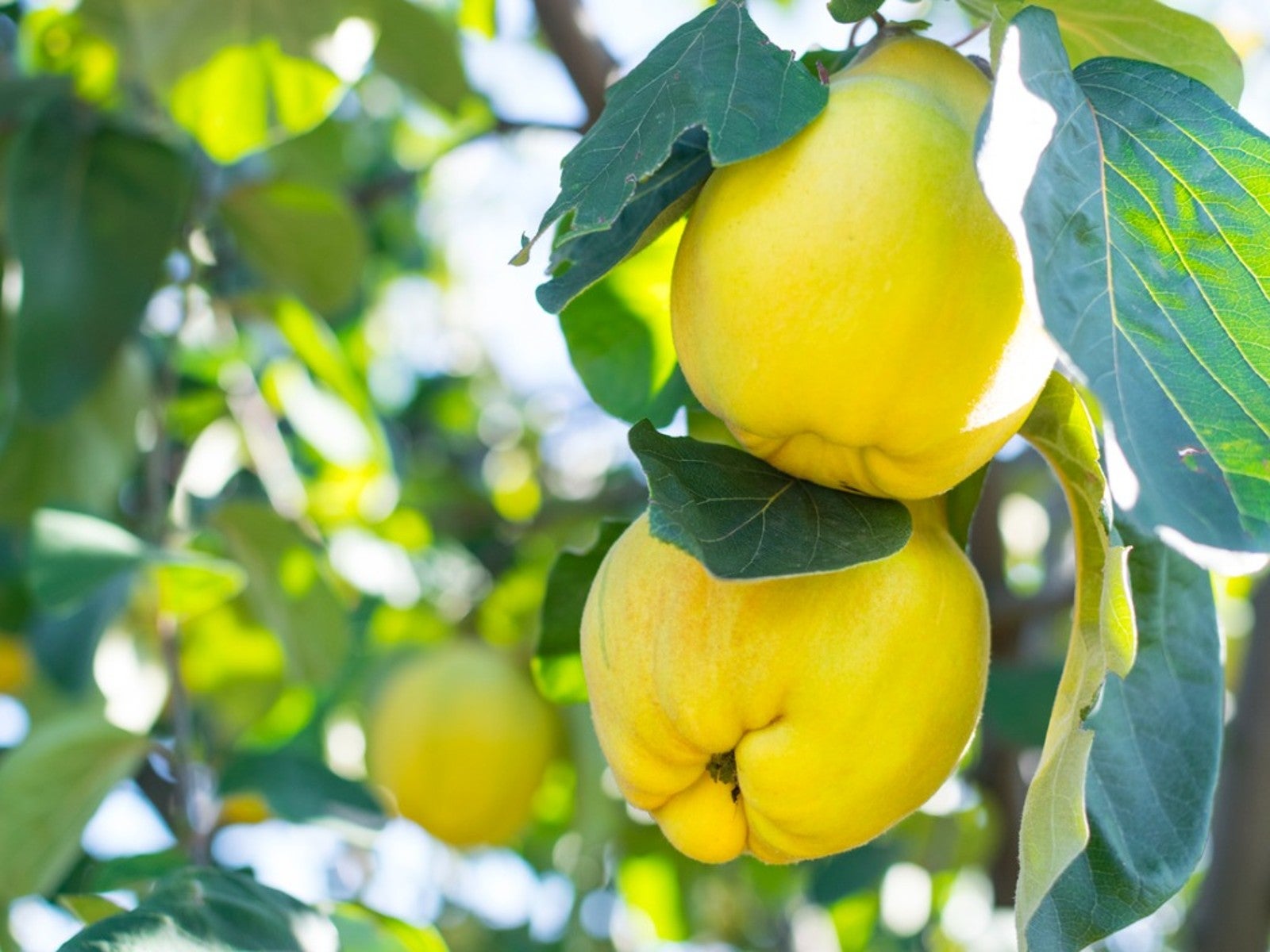 Best Plants For Late Summer and Fall Fruit Harvest
Best Plants For Late Summer and Fall Fruit HarvestEven if you don’t have the optimal conditions for more common fruit trees, there are other end of summer fruits to enjoy.
By Teo Spengler
-
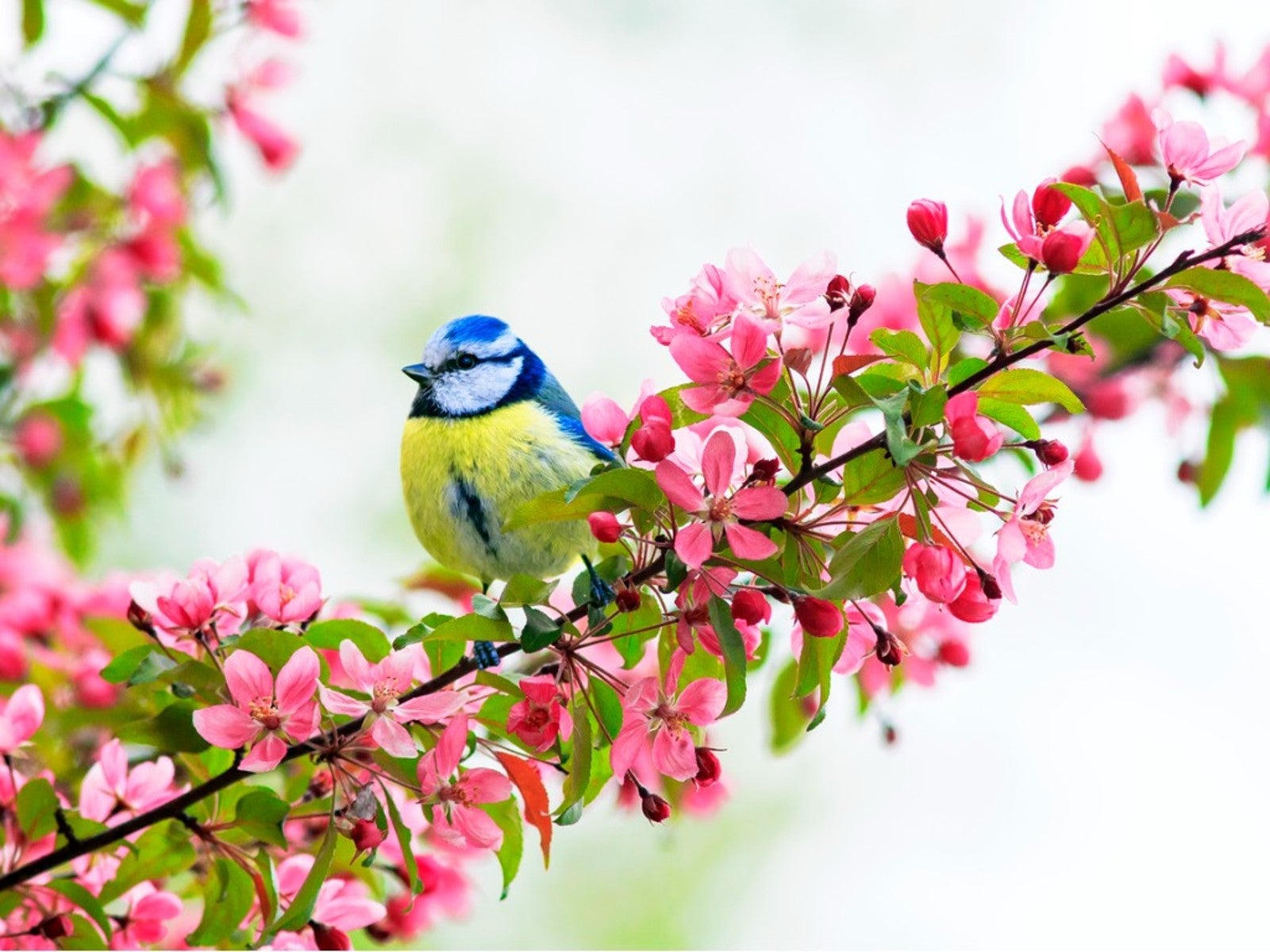 Best Native Fruit Trees To Support Wildlife
Best Native Fruit Trees To Support WildlifeIf you want trees that will attract and feed wildlife, learn the best kinds of edible fruit and nut trees to plant for inviting specific creatures.
By Teo Spengler
-
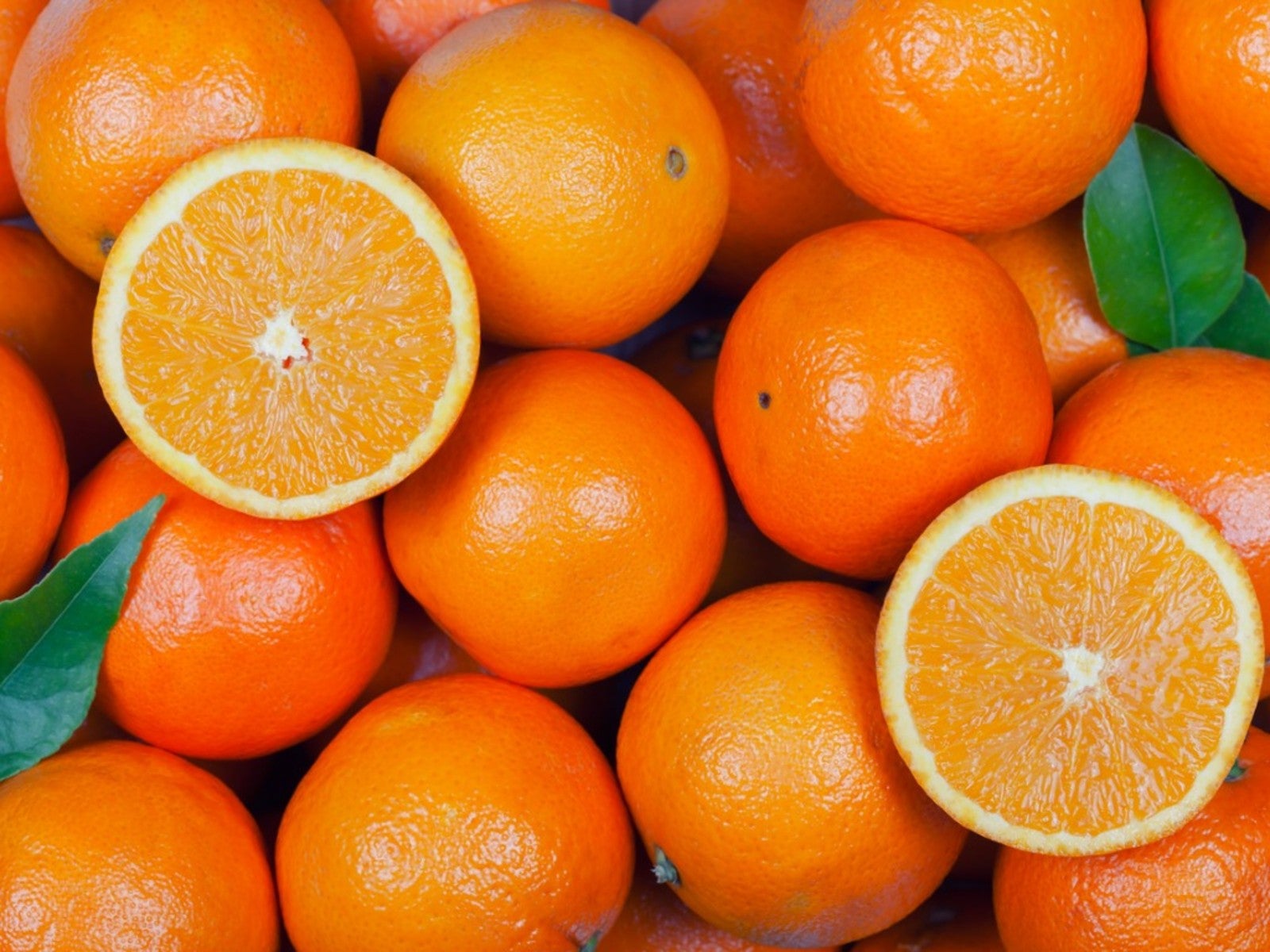 Orange Fruit Varieties: Growing Fruits That Are Orange
Orange Fruit Varieties: Growing Fruits That Are OrangeOrange colored fruit isn’t limited to the citrus orange. There are plenty of other orange colored fruit varieties, each packing a healthful punch. Read on for more.
By Amy Grant
-
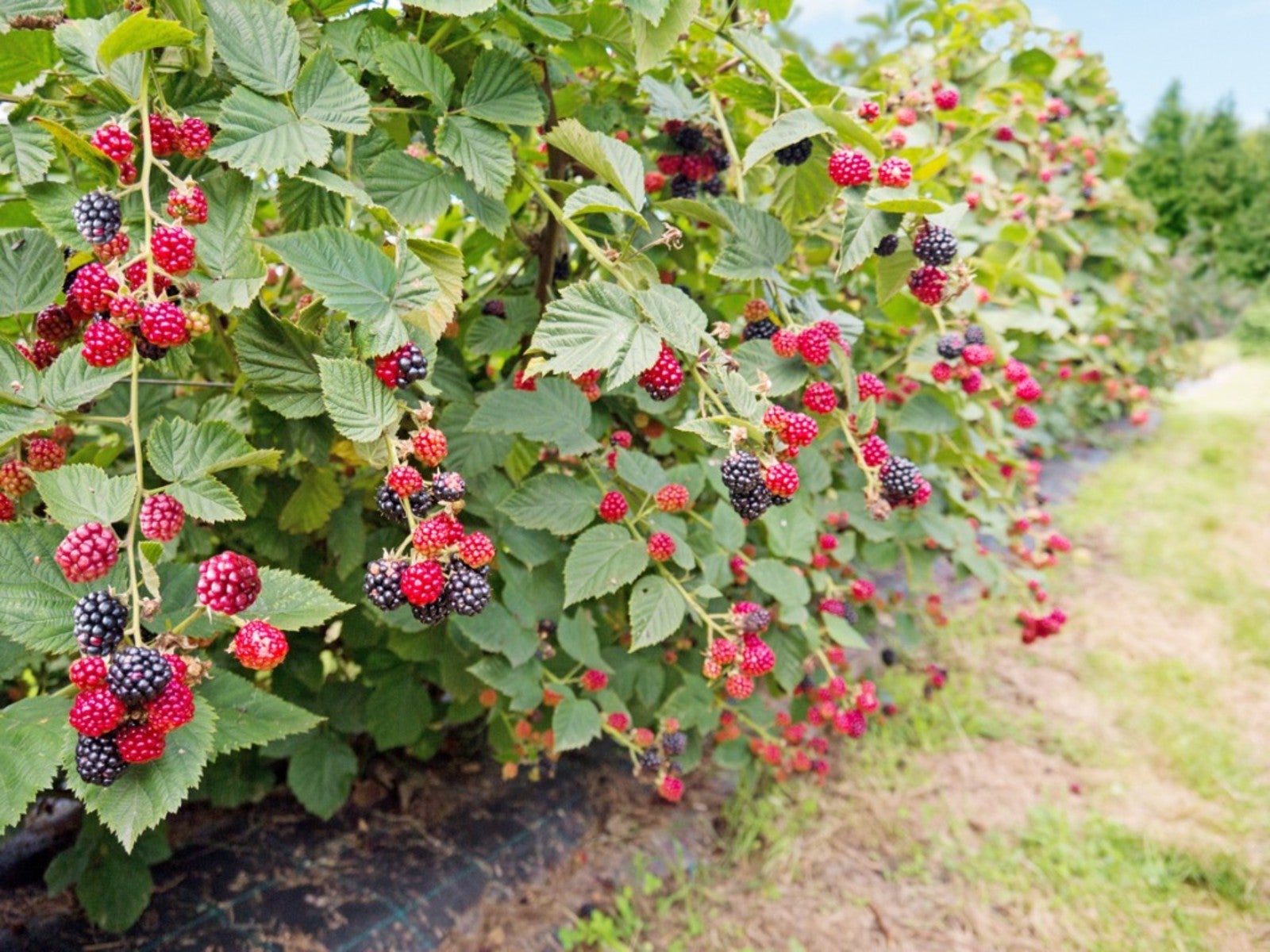 Everbearing Plants: Learn About Everbearing Varieties Of Fruit
Everbearing Plants: Learn About Everbearing Varieties Of FruitWhat does everbearing mean? And more importantly, how do everbearing varieties differ from non-everbearing types? Read on for more.
By Laura Miller
-
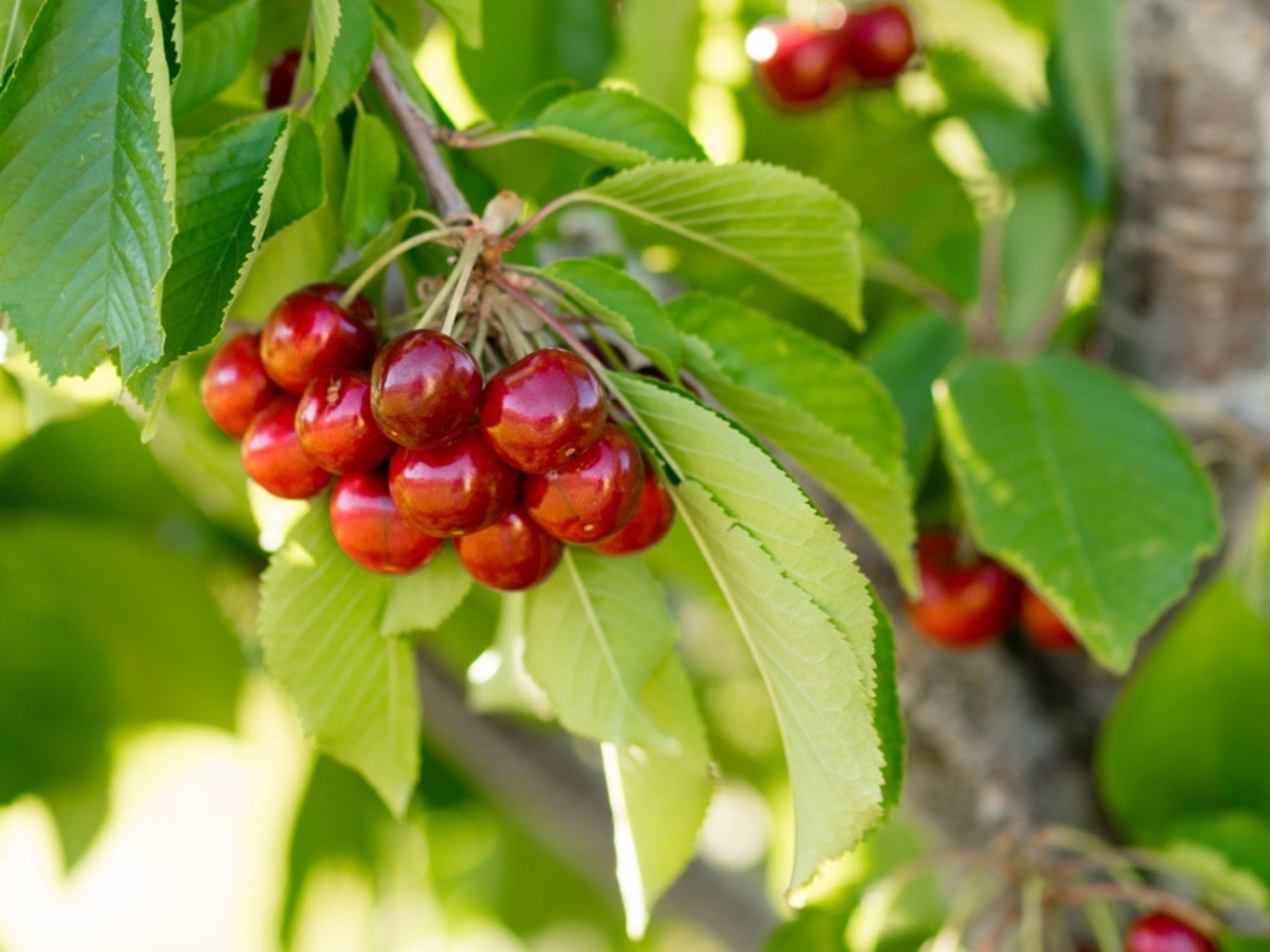 Plant A Red Fruit Garden: Growing Fruits With Red Flesh
Plant A Red Fruit Garden: Growing Fruits With Red FleshPlanting a red fruit garden may seem a bit whimsical. That is, until you realize the health benefits of consuming fruits with red flesh.
By Laura Miller
-
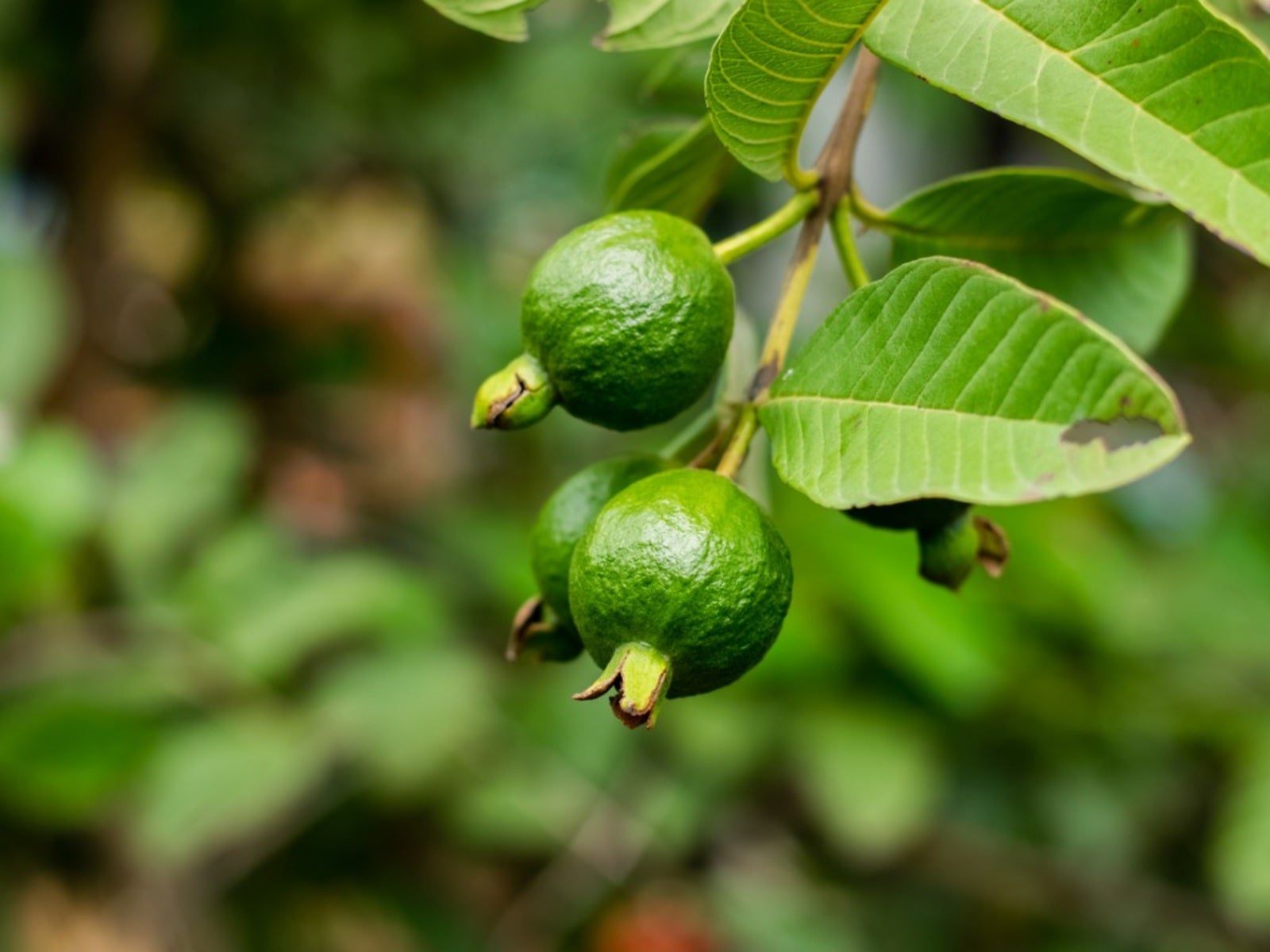 Heat Tolerant Fruits - Growing Fruit In Hot Weather
Heat Tolerant Fruits - Growing Fruit In Hot WeatherSome fruit grows in extreme heat naturally. But there are also specially cultivated, heat-tolerant varieties. For more information on heat tolerant fruits, read on.
By Teo Spengler
-
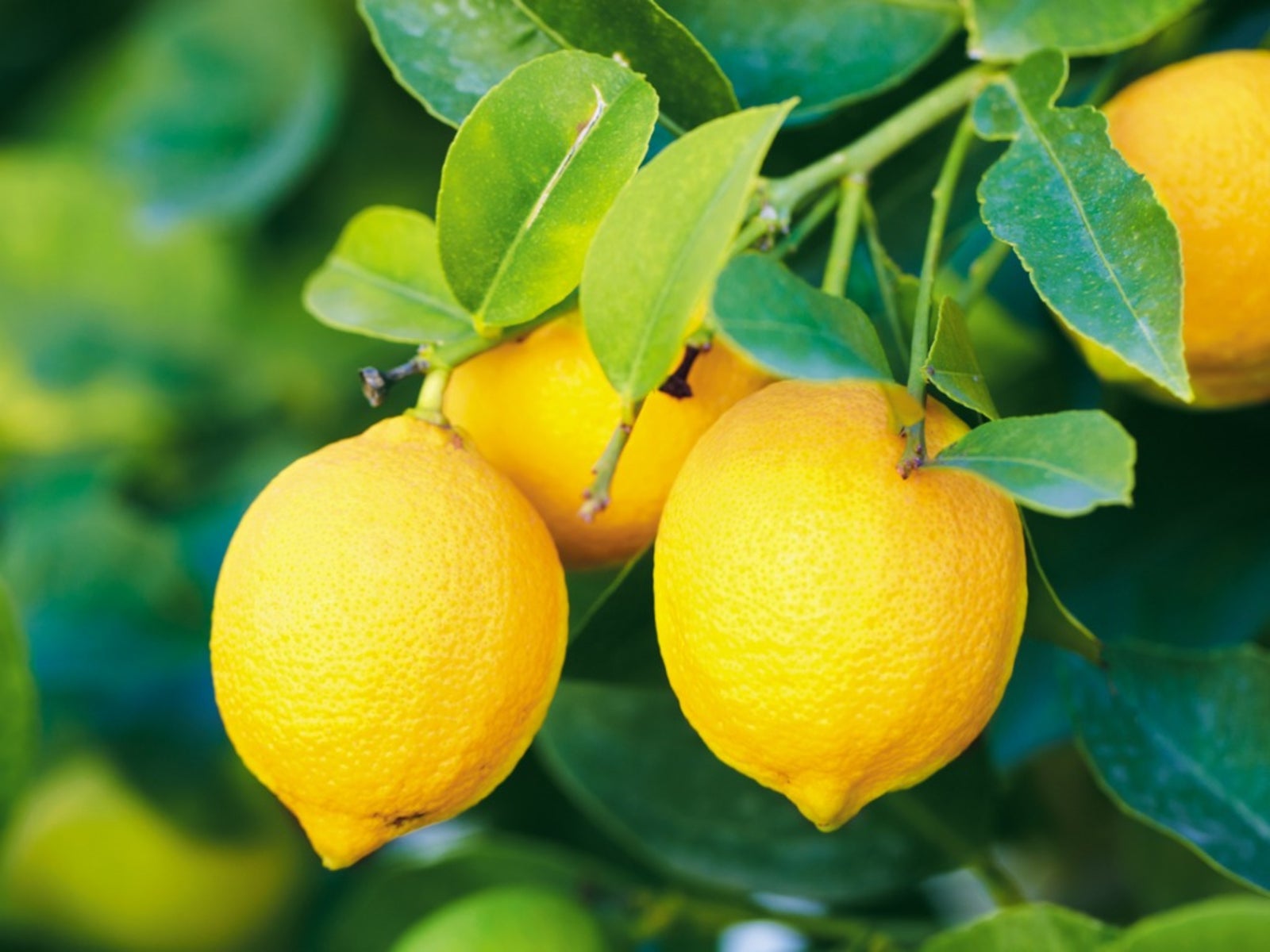 Yellow Fruit Varieties - Growing Fruit That Is Yellow
Yellow Fruit Varieties - Growing Fruit That Is YellowWhat fruit is yellow? There's more than the bananas at the supermarket. Try growing yellow fruit for a consistent supply of sunny food.
By Bonnie L. Grant